April 2nd, 2024: hunting for samples of Tasmanian Blackwood in Italy. The right day in the right place:
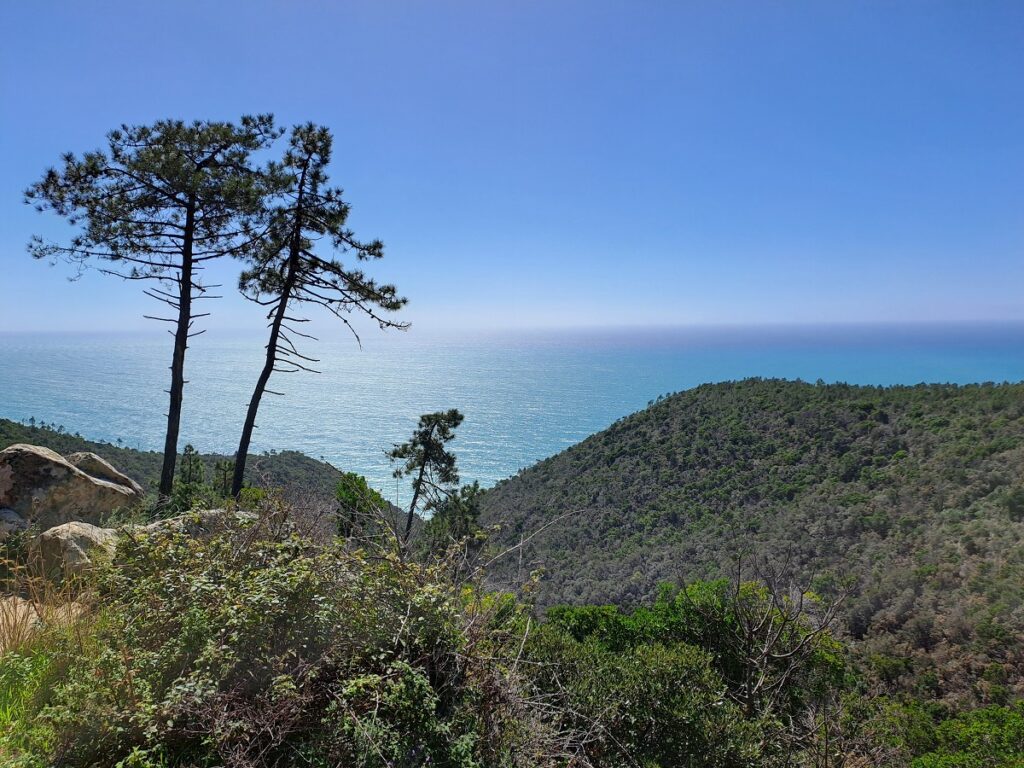
A special thanks goes to Carabinieri Forestali di Genova e Sestri Levante and Associazione Nazionale Forestali – sezione Liguria for hosting the expedition and providing loads of information on the subject.
Acacia Melanoxylon was planted here in the 80’s as fire-stopper, and some trees grew to a good size (10-15m):
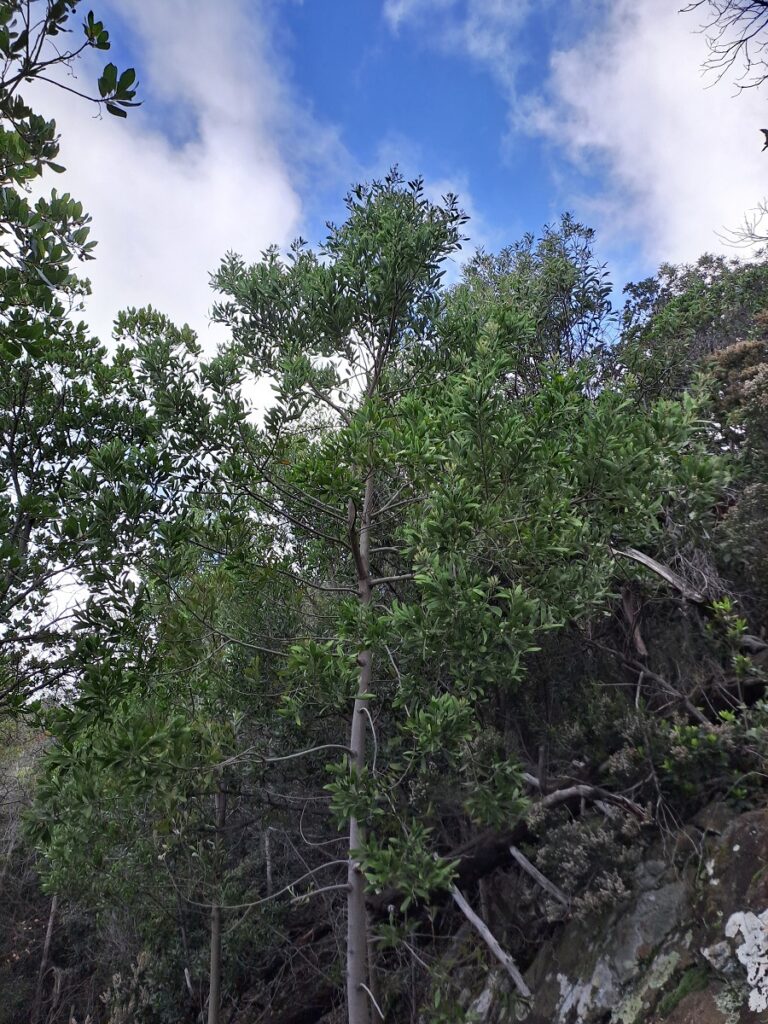
These are leaves and flowers:

Samples were collected from 5 different trees, two of which were large dead standing trees, like this one:
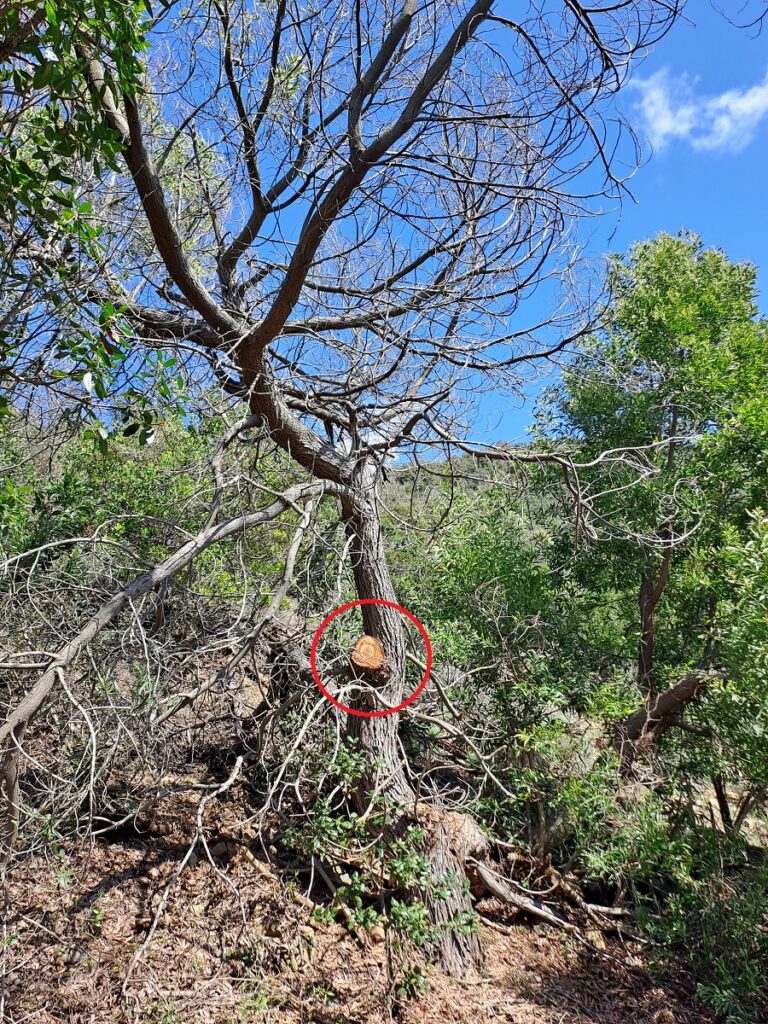
Three were small trees that had been recently cut to clear the nearby path.
The “hunting party”:
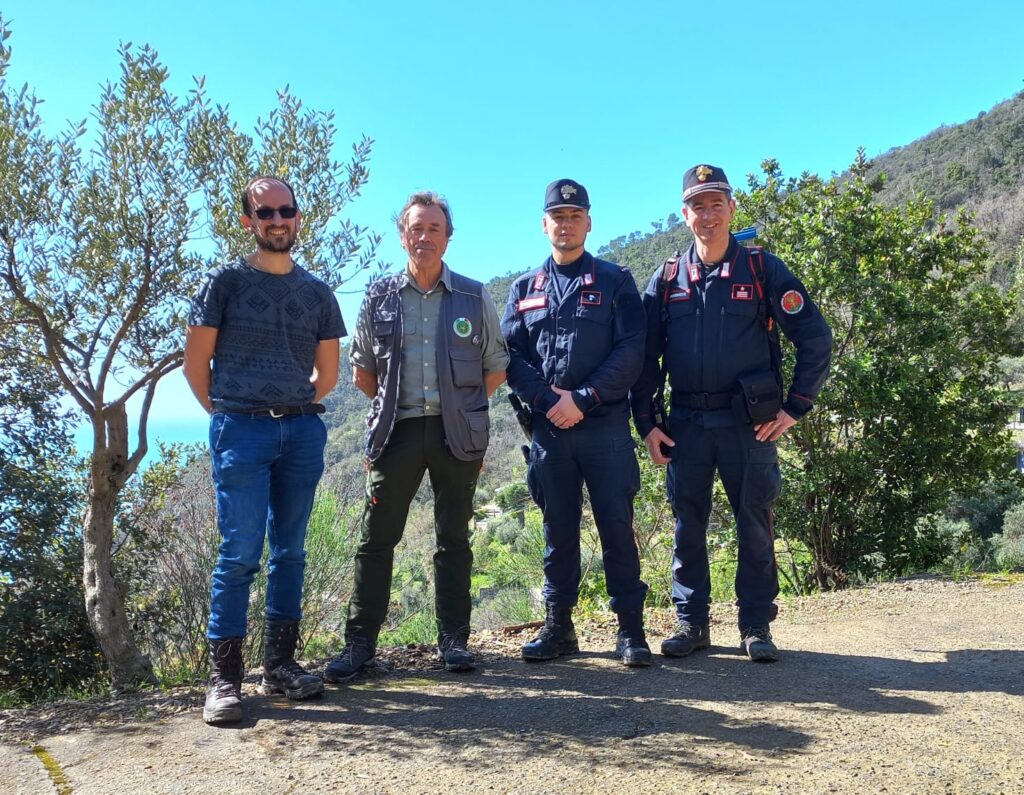
Some of the collected logs, which were then cut to length and then sliced prior to sample cutting:
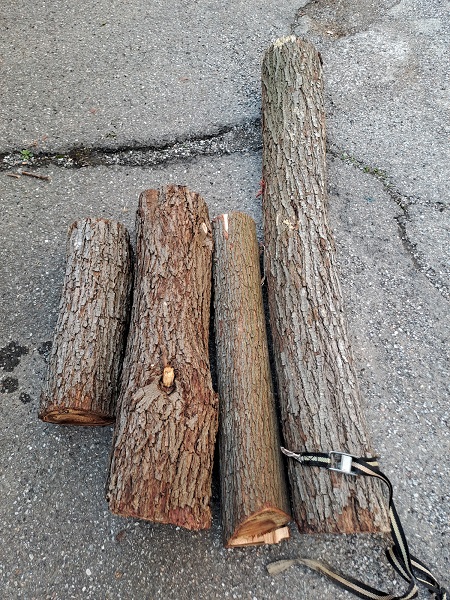
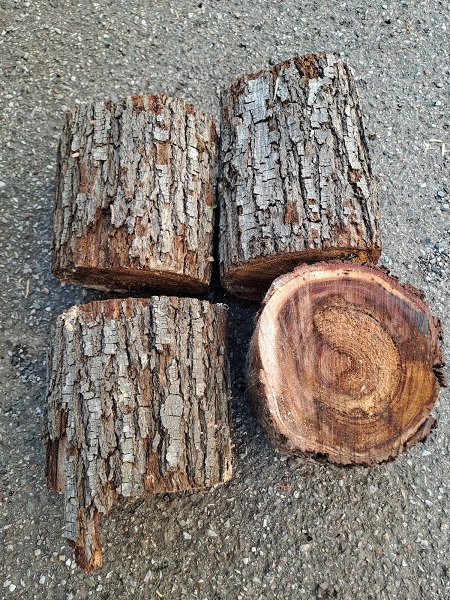
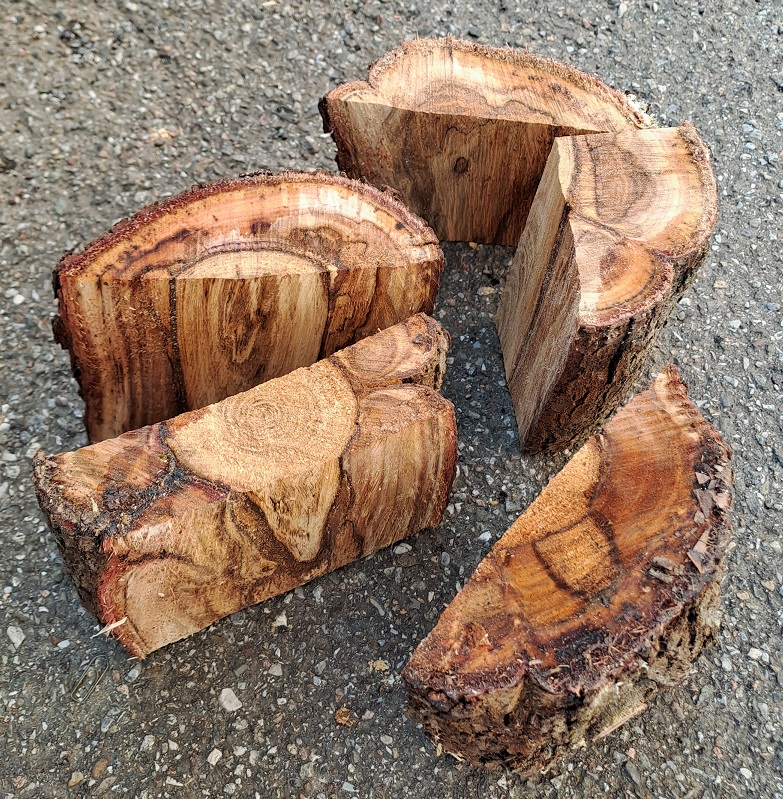
The samples, tagged before analyzing:

Some of the samples provided very high chatoyance results, like this one:

Many more info about results gathered from these samples can be found in Tasmanian Blackwood – Heartwood and Sapwood and Sunlight Exposure on Tasmanian Blackwood, while statistic results from Tasmanian Blackwood can be found in Australian Blackwood.
Want to know more? Get Woodworker’s Guide to Chatoyance!
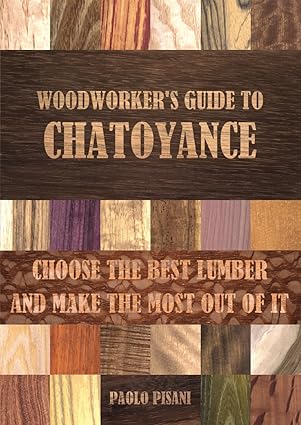
Available on Amazon in 12 countries – just click on your flag below…
… and enjoy the read!











